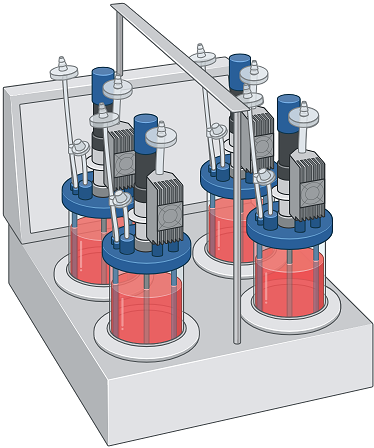HEALTHY HABITS TO HELP PREVENT FLU
Preventing Flu at Work and School At School At Work Source: https://www.cdc.gov/flu/prevent/actions-prevent-flu.htm
HEALTHY HABITS TO HELP PREVENT FLU Read More »
Epidemiology, Medical Microbiology, Public Health & Parasitic Diseases (Parasitology)









